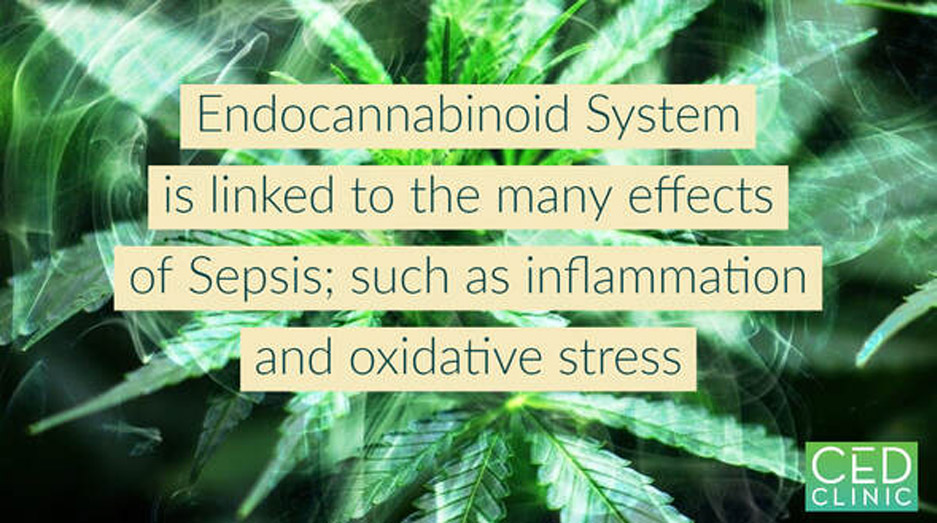Crosstalk between microRNA Expression, Inflammation, Oxidative Stress, and Endocannabinoid Response System in Critically Ill Patients with Sepsis
In Summary
The cannabinoid receptors type 1 (CB1) and type 2 (CB2) can be activated by phytocannabinoids such as delta-9-tetrahydrocannabinol (D9-THC) and cannabidiol (CBD) in the plant cannabis, endocannabinoids such as anandamide (AEA) and 2-arachidonoylglycerol (2-AG) produced by our bodies, as well as synthetic cannabinoids. Different lines of research have documented the effects of activations of these receptors on immune responses, inflammatory responses, and redox activities. Sepsis, the body’s extreme responses to infection by virus, bacteria, fungus or parasite that can ultimately lead to multisystem failure, initially involves simultaneous immune responses, inflammatory responses, and redox activities in multiple organ systems. Therefore, it is not surprising that the endocannabinoid signaling system has an intricate link to the body’s molecular and cellular reactions during sepsis.
First, activation of CB1 and CB2 can reduce production of immunomodulating agents called cytokines by immune cells in many organs, but especially the microglial cells responsible for immune responses in the brain. Second, activation of these receptors can decrease reactive oxygen species and nitric oxide synthase, key signaling molecules in redox activity and oxidative stress. Altogether, the cannabinoid signaling system helps alleviate inflammatory responses in multiple organs, for example, in the brain, as well as the endothelium – the layer of cells that line blood vessels.

